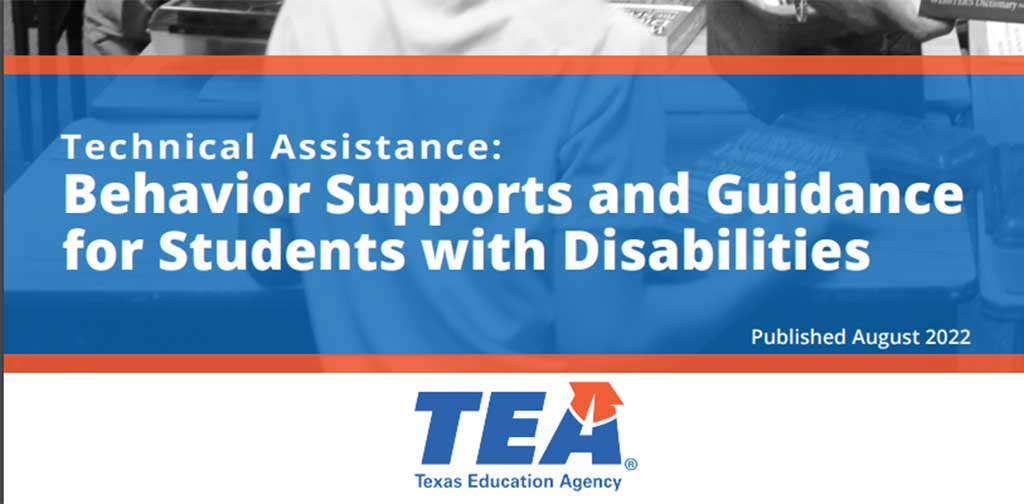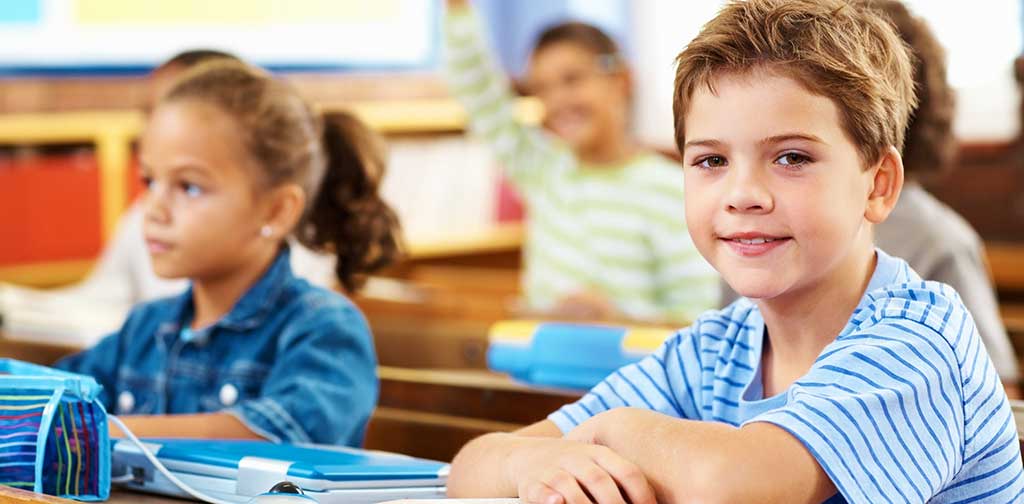Children who have ADHD are more likely than other kids to experience other mental health problems. A recent study followed kids with ADHD from the age of 8 into adulthood. It found that those with ADHD are at greater risk for behavioral issues, learning issues, anxiety, depression, substance abuse and self-injury. Adolescence is when kids with ADHD are most at risk of developing another issue.
Knowledge, though, means power. Learn what behaviors and symptoms might develop and how to spot them. Then you can take action early. This will result in a much better outcome for your child.
Behavior Problems
The most common problems in kids with ADHD are defiant and aggressive behavior. This includes refusing (more often than other children) to follow directions from parents or teachers. Kids may have emotional outbursts when asked to do things they find difficult or challenging.
Kids who have ADHD tend to become defiant in particular situations, notes Dr. Vasco Lopes, a specialist in ADHD and disruptive behaviors. These situations include being expected to do things like homework, go to bed, stop playing a game, sit down and eat dinner. These situations are difficult for them to tolerate because of the deficits that are a part of ADHD. These include:
- Paying attention
- Tolerating a boring situation
- Reining in impulses
- Transitioning from a fun activity
- Controlling their activity level
When Defiance Becomes a Disorder
Is your child’s pattern of defiance or opposing authority severe enough to make life at school or at home very difficult on a daily basis? He may be diagnosed with a disorder. Depending on your child’s age and symptoms, these are some of the diagnoses or labels he might be given after being evaluated:
- Oppositional defiance disorder (ODD) is when a child has a pattern of behaving in uncooperative, defiant, hostile and annoying ways with authority figures. ODD occurs in about 50 percent of children with combined-type ADHD and 25 percent of kids with inattentive-type ADHD.
- Conduct disorder (CD) is when a child has a pattern of being aggressive, disruptive, deceitful (frequent lying or stealing) and breaking rules. About one in four kids with combined-type ADHD also have conduct disorder.
- Disruptive mood dysregulation disorder (DMDD) is when a child is almost always irritable. He has frequent, severe temper outbursts that seem completely out of proportion to the situation. Many young children are first diagnosed with DMDD and then also get a diagnosis of ADHD.
Parent Training Can Help You and Your Child
There are two types of training for parents to help you learn ways to deal with your child’s defiance and emotional outbursts: Parent-Child Interaction Therapy (PCIT) and Parent Management Training (PMT).
- Both teach you how to pay attention to your child’s positive behavior.
- Both encourage you to ignore minor misbehaviors.
- Both train you to provide consistent consequences for major misbehavior and aggressive behavior.
- PMT teaches parents specific skills (usually without your child present).
- PCIT has parents interact with their child while at the same time receiving live coaching from the therapist about which skills to use.
- Both kinds of parent training have been shown to decrease disruptiveness, aggression and disobedient behaviors.
- Both reduce parental stress and improve the parent-child relationship
Other Conditions That Can Accompany ADHD
Learning Issues
Reading- and math-related learning issues are common among kids with ADHD. Depending on your child’s age, he might have difficulty:
- Making rhymes
- Associating sounds with symbols
- Sequencing together sounds in the correct order
- Following directions
- Sounding out unfamiliar words
- Confusing basic math symbols such as “+” and “‒”
- Making the same “careless” computation mistakes over and over
For some children, learning a new concept while following a lesson in a classroom might be easy. But reproducing and applying new knowledge at home might prove frustratingly difficult.
What to Do: If you think your child might have a learning disability, his school is legally required to provide an evaluation according to the Individuals with Disabilities Education Act (IDEA). Treatment usually includes both strengthening the skills and developing a learning strategy designed to take advantage of his strengths. A learning specialist can help determine the services or accommodations your child might benefit from at school.
Depression
ADHD increases the chances that a child will develop depression, particularly in adolescence. What to look for:
- Irritability
- Change in sleep patterns
- Change in appetite
- Change in academic performance
- Loss of interest in friends and activities he used to enjoy
- Fears that don’t seem reasonable
- Withdrawing from family members
What to Do: If your child is showing symptoms of depression for more than a few weeks, and they are interfering with his life at school, with friends or at home, it’s time to get a evaluation. Treatment for ADHD will not relieve symptoms of depression. Kids who have depression may be treated with cognitive behavioral therapy (CBT). In CBT, a psychologist would work with your child to recognize the pattern of negative thoughts and train himself to think outside it. Antidepressant medication, which can be taken alongside ADHD medication, can also be effective.
Anxiety
Anxiety is frequently present in children and adolescents with ADHD. Anxiety takes many forms:
- Generalized anxiety disorder is when someone is generally worried about everything and nothing specific all at the same time. He might have fears and phobias about school, certain foods, germs, etc.
- Social anxiety is when someone is extremely fearful of new people and new situations to the point where it gets in the way of his daily life at school and with friendships.
- Separation anxiety is when a child is unreasonably fearful about leaving a parent or is preoccupied with fears that his parents or other family members might die.
- Obsessive-compulsive disorder is when someone is consumed with fears or unwanted thoughts (obsessions) that he tries to control with repetitive behaviors (compulsions).
What to Do: If your child seems preoccupied by fears and worries that are causing him distress and interfering with his life at home or at school, it’s important to have him evaluated for anxiety. CBT is very effective for adolescents with anxiety. In some cases medication and CBT combined is the most effective way to treat the problem.
Substance Abuse
Teenagers with ADHD are more likely to have substance abuse issues than kids without a history of ADHD. Kids with ADHD have a tendency toward low self-esteem. This may draw them to other kids who are more likely to be abusing drugs or alcohol. Although kids with ADHD are at heightened risk for substance abuse, those who take medication are at lower risk than those who do not. One reason is that the medication helps control impulsive behavior that leads to substance abuse.
What to Do: Supervise your child. Get to know his friends. Spend time with him. Make sure he keeps you informed of his whereabouts and activities. Studies show that parental supervision leads to fewer behavioral problems. Also, let him know that you’re available to talk with him and support him when he’s upset. If your child develops a substance abuse problem, it’s important to get separate treatment for that.
Self-Injury
Teenage girls with ADHD are more at risk than other girls for self-injury, such as cutting. One study showed that 51 percent of teenage girls who’d been diagnosed with combined-type ADHD reported cutting or some other form of self-injury, compared to 29 percent of inattentive-type ADHD and 19 percent of a control group. Look for:
- Talk about self-injury
- Suspicious-looking scars
- Wounds that don’t heal or get worse
- Cuts on the same place
- Increased isolation
- Possession of tools such as shards of glass
- Long-sleeved shirts in warm weather
- Avoidance of social activities
- A lot of adhesive bandages
- Refusal to go into the locker room or change clothes in school
What to Do: Respond immediately if you find that your child has been cutting. It’s an addictive habit. The more times a girl harms herself, the more she will feel the urge to do it again. Catch it before she has performed 10 self-harming acts and the treatment is significantly easier. The doctor treating your kid’s ADHD would be a good place to start.
In Conclusion
It’s not fair, but there’s no getting around the fact that kids with ADHD are more likely to have some other behavioral or mental health issue. The good news is that parents who know what to look for and take action early can do a lot to prevent these issues from becoming serious. And the best news is that the latest studies show that once children emerge into adulthood, the heightened risk for these behavioral and mental health issues goes away. Knowing what to look for and getting your kid help at the first sign of trouble is the best way for you to protect a child with ADHD.
This articles is from Understood.org – an excellent resource for more information on learning and attention issues.



